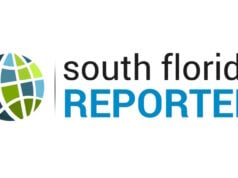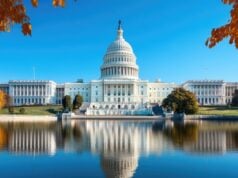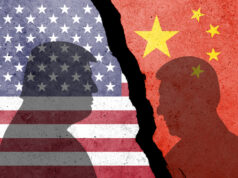
By
Monday is National Coffee Day, meaning caffeine lovers can find a free or discounted cup of coffee pretty easily. But come Tuesday, it’s back to regular prices — and those are significantly higher than they were this time last year.
Coffee, for the most part, isn’t grown domestically. It’s primarily imported from Venezuela, Columbia, and Brazil. All of these countries are facing reciprocal tariffs, in some cases as high as 50%. Those additional costs come as drought and inclement weather have caused supply disruptions, which are impacting baseline costs.
Things could be getting worse, too. The head of Brazil exporter group Cecafe says coffee exports from that country to the U.S. are likely to decline if tariffs remain in place. Coffee sales from Brazil were already down 46% in August, meaning the U.S. was no longer the biggest market for Brazilian growers.
Disclaimer
The information contained in South Florida Reporter is for general information purposes only.
The South Florida Reporter assumes no responsibility for errors or omissions in the contents of the Service.
In no event shall the South Florida Reporter be liable for any special, direct, indirect, consequential, or incidental damages or any damages whatsoever, whether in an action of contract, negligence or other tort, arising out of or in connection with the use of the Service or the contents of the Service. The Company reserves the right to make additions, deletions, or modifications to the contents of the Service at any time without prior notice.
The Company does not warrant that the Service is free of viruses or other harmful components
This article originally appeared here and was republished with permission.












